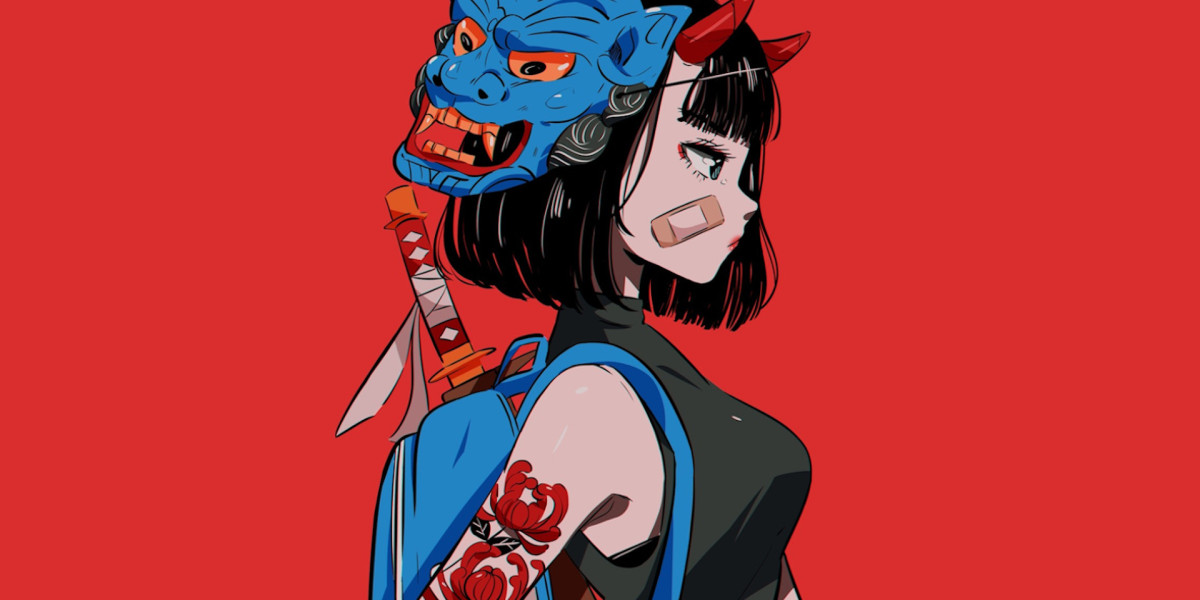Determine Your Skin Undertone:
- Identify whether your skin undertone is warm, cool, or neutral. Warm undertones have yellow or golden hues, cool undertones have pink or blue hues, while neutral undertones have a balance of both. Lipstick shades that harmonize with your undertone tend to look more flattering.
Warm Undertones:
- If you have warm undertones, opt for lipstick shades with peach, coral, orange, warm reds, and brownish tones. These colors complement the warmth in your skin.
Cool Undertones:
- Individuals with cool undertones can gravitate towards lipstick shades with blue or purple undertones, such as cool pinks, berries, mauves, and classic blue-based reds.
Neutral Undertones:
- Those with neutral undertones have more flexibility and can experiment with a wide range of lipstick shades, including nude tones, soft pinks, and versatile reds.
Consider the Occasion:
- For everyday wear, you might opt for natural and neutral shades that enhance your features without being too bold. For special occasions, you can experiment with bolder or brighter shades.
Lipstick Finish:
- Choose a finish that aligns with your preference and the occasion. Matte lipsticks offer a bold, long-lasting look, while satin and gloss finishes provide a softer and more luminous appearance.
Personal Style:
- Consider your personal style and the look you want to achieve. If you prefer a classic look, a red lipstick might be suitable. For a more natural appearance, nude or muted tones can be ideal.
Examine Your Natural Lip Color:
- Your natural lip color can influence how a lipstick shade appears on your lips. Experiment with shades that enhance or contrast with your natural lip color for the desired effect.
Test in Natural Light:
- When trying out lipstick shades, test them in natural light to get an accurate representation of how they look on your skin. Many makeup stores have good lighting for this purpose.
Consider Your Clothing Colors:
- The colors you frequently wear can influence your lipstick choices. Harmonizing lipstick with your wardrobe can create a cohesive and polished look.
Experiment and Have Fun:
- Lipstick is a versatile makeup item, and experimenting with different shades can be fun. Don't be afraid to step out of your comfort zone and try new colors.
Selecting the most flattering lipstick shade involves an analysis of factors such as skin undertone, occasion, and personal preferences. Here's a technical guide on how to pick a lipstick shade tailored to your features:
Determine Skin Undertone:
- Identify the undertone of your skin, which can be warm, cool, or neutral. Warm undertones are characterized by yellow or golden hues, cool undertones have pink or blue hues, while neutral undertones strike a balance between both. Lipstick shades that complement the skin's undertone enhance overall facial harmony.
Warm Undertones:
- For individuals with warm undertones, lipstick shades in the peach, coral, orange, warm red, and brown spectrum are recommended. These hues harmonize with the warmth in the skin, creating a cohesive look.
Cool Undertones:
- Those with cool undertones should gravitate towards lipstick shades with blue or purple undertones. Options include cool pinks, berries, mauves, and classic blue-based reds. These tones complement the coolness in the skin.
Neutral Undertones:
- Individuals with neutral undertones have flexibility in selecting lipstick shades. They can experiment with nude tones, soft pinks, and versatile reds that complement both warm and cool elements in the skin.
Consider the Occasion:
- The occasion plays a role in lipstick selection. For everyday wear, subtle and neutral shades may be preferred, while special occasions may call for bolder or brighter lip colors.
Lipstick Finish:
- Choose a finish based on personal preference and the desired look. Matte lipsticks provide a bold, long-lasting finish, satin offers a smoother appearance, and gloss provides a luminous effect. The finish contributes to the overall aesthetic and feel of the lipstick.
Personal Style:
- Consider personal style preferences. Classic styles may opt for timeless reds, while those with a preference for a natural look may lean towards nude or muted tones.
Examine Natural Lip Color:
- The natural color of the lips influences how a lipstick shade appears. Analyze whether the desired lipstick shade enhances or contrasts with the natural lip color for the desired effect.
Test in Natural Light:
- To accurately assess how a lipstick shade complements your complexion, test it in natural light. Natural light provides a true representation of colors and prevents misjudgments that can occur under artificial lighting.
Consider Clothing Colors:
- The colors of clothing worn regularly can influence lipstick choices. Harmonizing lipstick with wardrobe colors creates a polished and cohesive overall look.
Experimentation:
- Lipstick is a versatile cosmetic, and experimentation is encouraged. Trying different shades allows for the discovery of unexpected favorites and enhances the understanding of personal color preferences.
Paying attention to these technical details enables a more informed and deliberate lipstick selection process, ensuring that the chosen shade harmonizes with individual features, style, and occasions.







